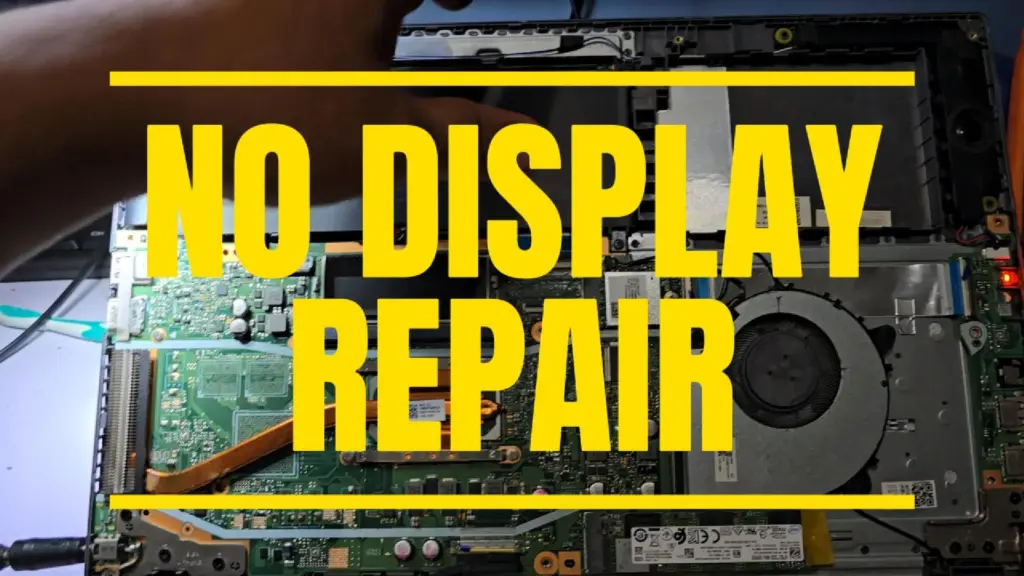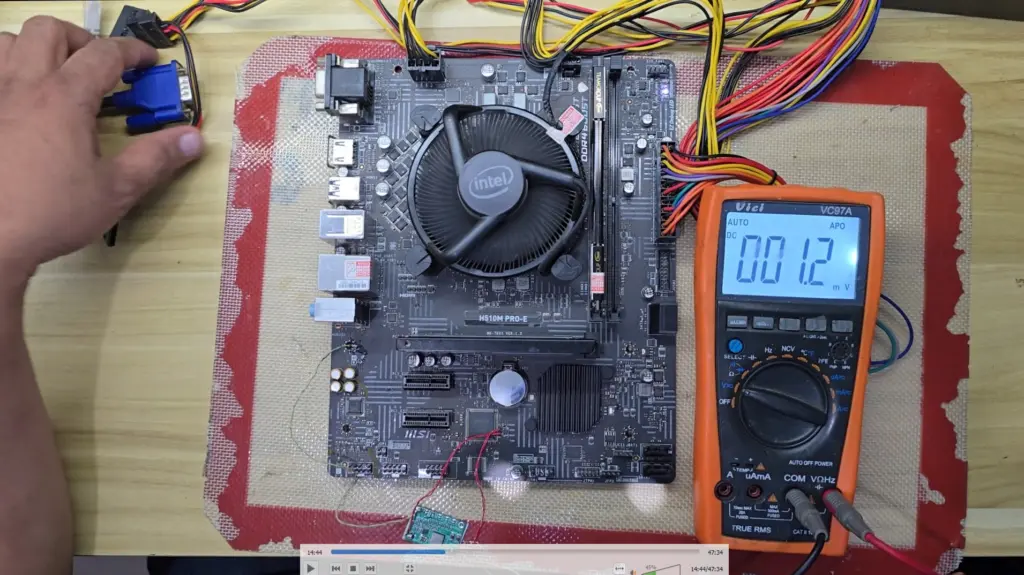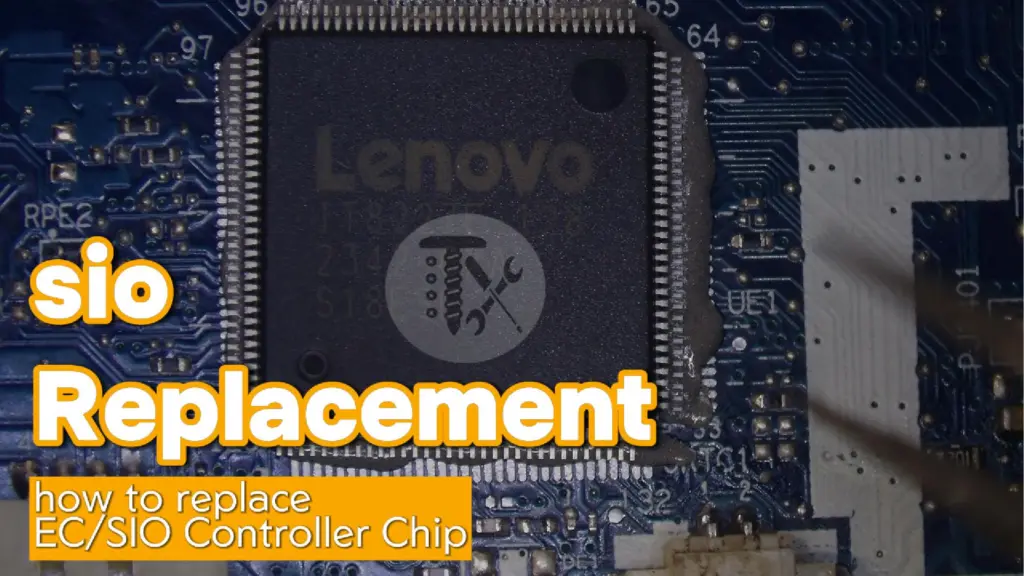How to Disable Onboard RAM Using BIOS SPD Removal Tool / SPD TOOL


🧠 SPD (Serial Presence Detect) is a small but crucial feature embedded in your computer’s RAM modules. It’s essentially a tiny EEPROM chip that stores detailed information about the memory module, allowing your system to automatically configure itself for optimal performance.
🔍 What SPD Does
- Identifies RAM Specs Automatically: When your PC boots up, the BIOS reads the SPD chip to determine:
- Memory type (e.g., DDR4, DDR5)
- Size and number of memory chips
- Supported speeds and timings (like CAS latency)
- Voltage requirements
- Manufacturer and serial number
- Enables Plug-and-Play Memory Configuration: Thanks to SPD, your motherboard can automatically set safe and compatible memory timings without user intervention.
- Supports Overclocking Profiles: SPD can include extended profiles like Intel’s XMP or AMD’s EXPO, which allow users to run RAM at higher-than-default speeds with a single BIOS setting.
🛠️ How It Works
- Communication Protocol: SPD uses the SMBus (a variant of I²C) to communicate with the motherboard. This allows the BIOS or system software to read the SPD data using just two pins: one for clock and one for data.
- Standardized by JEDEC: The format and contents of SPD are defined by JEDEC, the organization responsible for memory standards. This ensures consistency across different RAM manufacturers.
🧪 SPD Speed vs. Tested Speed
| Term | Meaning |
|---|---|
| SPD Speed | The default speed the RAM runs at when first installed (safe baseline) |
| Tested Speed | The maximum speed the RAM is rated for, often enabled via XMP/EXPO |
If you install RAM and don’t enable XMP/EXPO in BIOS, your system will likely run it at the SPD speed, which is usually lower than the advertised speed.
🧩 Why SPD Matters
- Prevents boot failures due to incompatible memory settings
- Enables accurate system diagnostics and monitoring tools (like CPU-Z or HWinfo)
- Facilitates safe overclocking by providing validated timing profiles
Would you like to dive into how to read SPD data using software tools or how to tweak memory settings in BIOS?






Responses